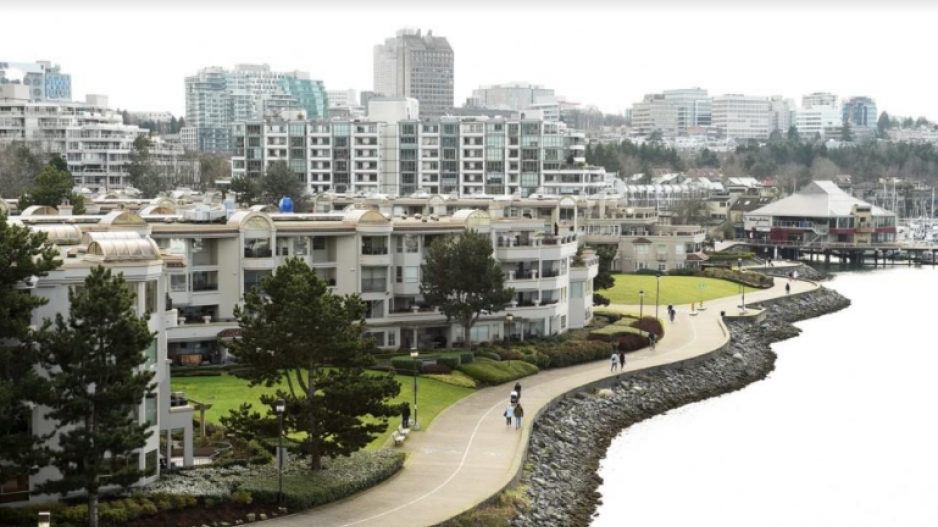The City of Vancouver launched a public feedback campaign February 15 that could lead to redevelopment of some of the 80 acres of land it owns between the Cambie and Burrard street bridges on the south shore of False Creek.
Currently, there are approximately 1,800 homes — both market and non-market housing — on leased lands known as False Creek South which are owned and managed by the city. Most of the 60-year leases expire in the next 15 to 25 years.
“The purpose of this engagement is to explore the future of these lands, for the next 50 years and beyond, while striving to balance the interests of current neighbourhood residents with those of all Vancouver residents who own this land,” the city said in documents released Monday to launch its month-long campaign.
The city said findings of the campaign will aim to give leaseholders and tenants “clarity” about the future of the land. The False Creek South Neighbourhood Association has asked for clarity for at least a decade, according to its website.
The city said one of the guiding principles for long-term planning of False Creek South is to maintain housing that is affordable for diverse groups of people, including options for current residents.
The public feedback campaign comes as Vancouver continues to grapple with a housing crisis, which has been amplified by the pandemic and further exposed the city’s homelessness issue and affordability problem.
Currently, the neighbourhood has six co-ops, four market-rental buildings, six nonprofit buildings and 13 stratas.
False Creek South, which was transformed in the 1970s and 1980s from industrial land into primarily a residential neighbourhood, has a population of 5,597 residents. Median age of residents is 54.3 and median household income is $78,176, with 13 per cent of the population considered low-income.
No new housing has been built in the False Creek South neighbourhood since the 1980s.
The city’s future plan also aims to make the neighbourhood more diverse and equitable, with only 17 per cent of its current population represented by visible minorities, whereas Vancouver as a whole is at 52 per cent.
Addressing climate change and the city’s economy are also other considerations in any future redevelopment of the land.
The portion of city land excludes Granville Island and Senakw, the property under and around the Burrard Bridge owned by the Squamish Nation. The rest of the land in the area is either privately owned or owned by other levels of government.



